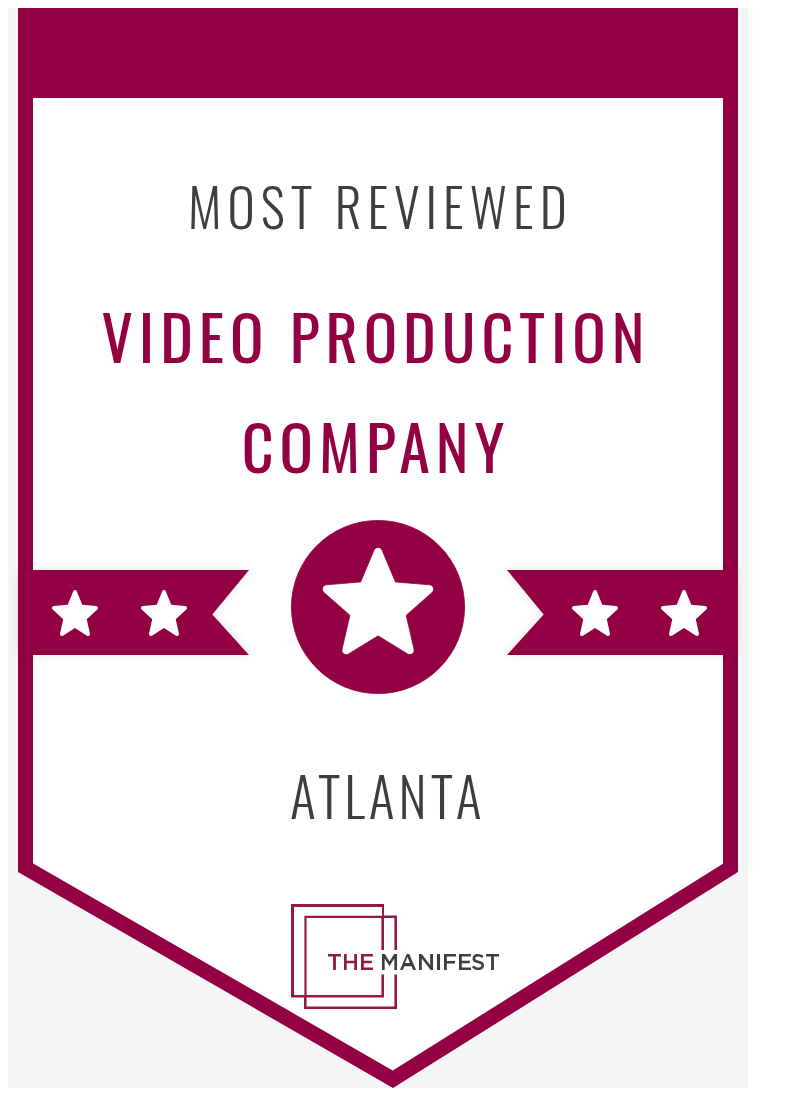Fast, Cheap, or Good? The SEO Tradeoff You Can’t Ignore
Search Engine Land recently framed a common dilemma for marketers and business owners: when it comes to SEO, you often have to choose between speed, cost, and quality. Their piece highlights how shortcuts or low-cost approaches can produce short-lived gains, while investing in quality tends to build long-term authority and more sustainable rankings. This post expands on that perspective with practical guidance from SEOteric on how to prioritize quality without losing momentum. (Source: Search Engine Land.)

Understanding the Tradeoff
The choice between fast, cheap, or good is fundamentally about resources and expectations. Fast approaches aim for immediate visibility but often rely on superficial tactics. Cheap approaches reduce upfront costs but typically lack the depth and strategic thinking that search engines reward. Quality-focused SEO demands time, expertise, and investment, but its outcomes compound over months and years—improving rankings, user engagement, and brand authority.
Why quality matters
Google’s documentation underscores the point: “Building great experiences for users is the best way to improve your site’s performance in search” (Google Developers). That guidance ties quality directly to discoverability. Technical health, relevant content, and strong user experience reduce friction for crawlers and humans alike, and make sites more resilient to algorithm updates.
Key Implications for Businesses
Prioritizing speed or cost over quality can lead to short-term traffic spikes followed by stagnation or penalties. Conversely, quality-first SEO produces durable gains but requires realistic timelines and budgets. Teams should frame SEO as an ongoing investment: the work you do today sets the foundation for future visibility.
Risks of fast or cheap SEO
- Superficial content that fails to satisfy user intent.
- Technical debt from rushed implementations (poor site structure, broken links, slow pages).
- Higher long-term costs if shortcuts lead to penalties or rework.
Actionable Recommendations: Prioritize Quality Without Paralyzing Progress
Here are prioritized steps that balance quality with practical constraints.
1. Start with a content triage
Audit existing pages to identify low-hanging fruit—pages with traffic but poor conversion, or high impressions but low clicks. Prioritize updates that improve intent alignment and enrich content, which can produce visible lifts faster than creating new content from scratch.
2. Fix high-impact technical issues first
Address crawl errors, redirect chains, and slow page speeds. Technical wins often unlock the value of your content investments without requiring large content budgets.
3. Adopt a modular content approach
Create cornerstone pages and break topics into reusable modules. This reduces production time while maintaining depth—allowing teams to publish quality content iteratively.
4. Use data to prioritize efforts
Focus resources on pages and topics with demonstrable demand (search volume, CPC, and conversion potential). This ensures quality efforts target business outcomes.
5. Set realistic milestones and measure incrementally
Define 30-, 90-, and 180-day goals tied to specific metrics: organic sessions, rankings on target keywords, and technical health indicators. Communicate these timelines to stakeholders to align expectations.
Putting It Together
Quality-first SEO does not mean ignoring time or budget constraints; it means directing them strategically. By prioritizing technical health, optimizing existing assets, and producing well-researched content in modular formats, teams can deliver meaningful results steadily. Quality reduces risk, avoids rework, and builds the authority that search engines reward.
As SEOteric’s approach shows, combining technical SEO rigor with a content strategy focused on user intent creates a resilient foundation for growth. If you’re weighing the fast-cheap-good tradeoff, lean toward investing in quality where it matters most.
Quote
“Building great experiences for users is the best way to improve your site’s performance in search.” — Google Developers (developers.google.com).
Next Steps
If you need help prioritizing which SEO work will deliver the highest impact within your budget, SEOteric can help assess your site, recommend a phased plan, and execute quality-first improvements that align to business goals. Learn more at SEOteric.
Original article: https://searchengineland.com/fast-cheap-good-seo-465092













.png)

